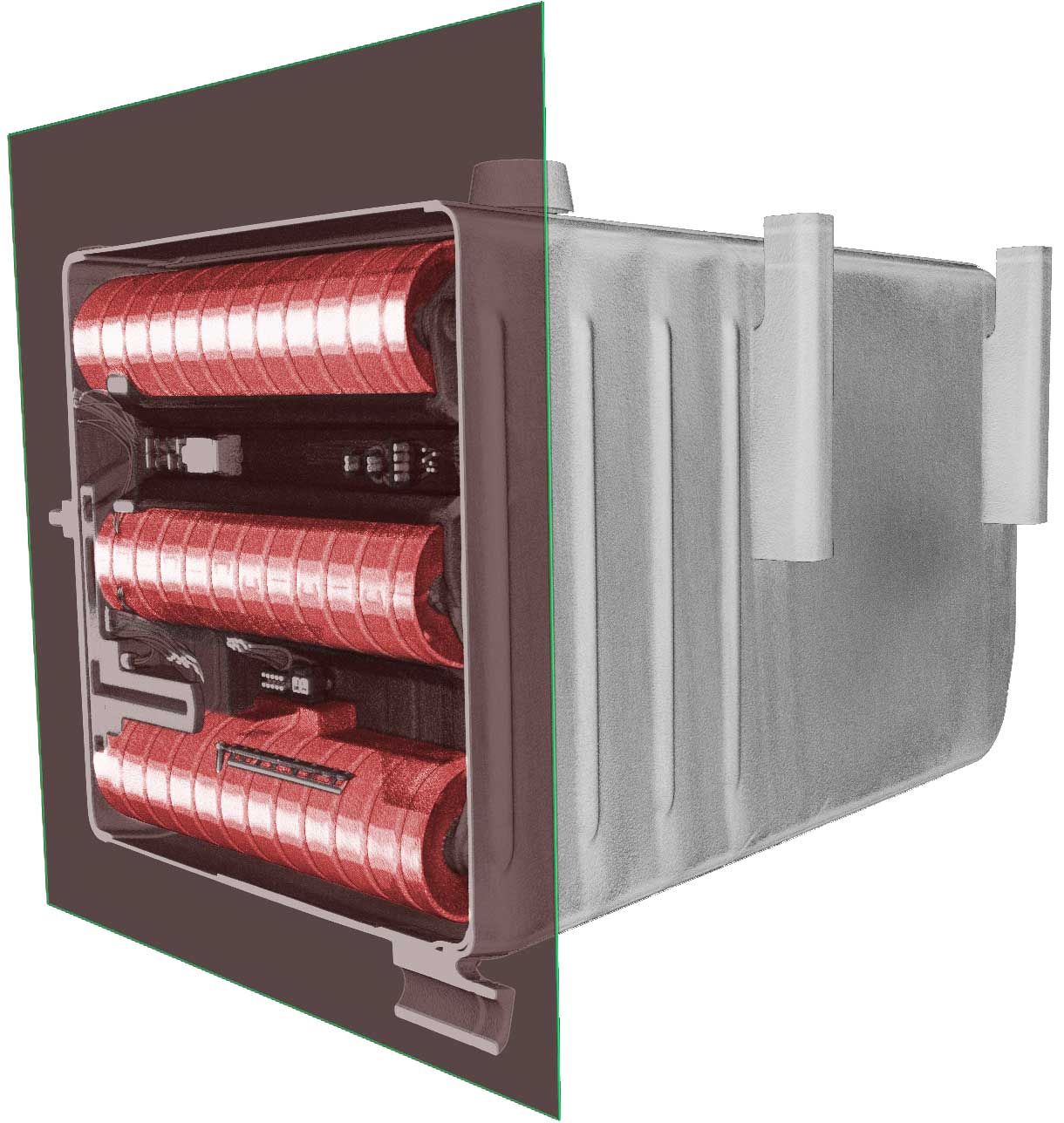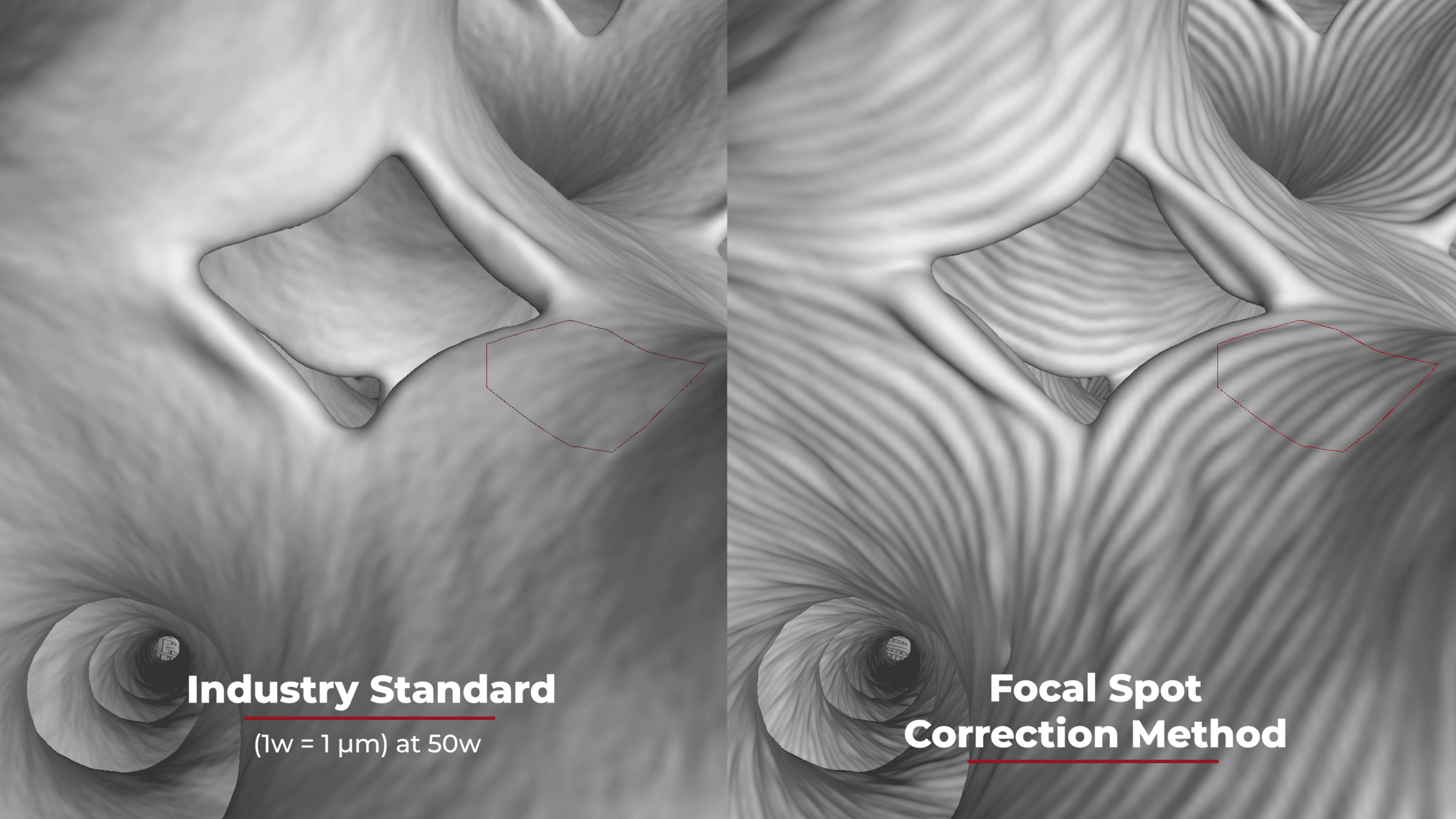Advantages of Using Advanced Industrial X-Ray Scanning Styles (Vortex, Subpix, and Mosaix)
Standard cone beam scanning is sufficient for many applications, but what about the applications where you cannot fit the part in a single detectors view? Physical size of a sample can be a limitation when trying to achieve a given resolution, or you may be dealing with artifact issues. All of these limitations are the reason that NSI has developed advanced scanning styles to overcome issues you may run into when a challenging application comes in.
Vortex scanning is a commonly used x-ray scanning style by our NSI experts when a sample is very tall in one direction, such as a baseball bat. When looking for measurement accuracy or when using a shorter focal distance, vortex eliminates the standard cone beam artifact. Another key advantage of using a vortex scan is that it allows alignment of the X-ray beam with flat and otherwise hard to resolve features that may be seen in circuit chips and electronic components.
When you want to capture the full size of an application like a baseball bat, vortex is the best option to achieve this. Implementing a vertical travel, with multiple revolutions gives us the capabilities to scan the baseball bat and review it in one data set. If measurement accuracy is the goal for a specific application, you may run into issues with parallax or cone beam artifact due to a very short focal distance. I would recommend utilizing vortex to eliminate the artifact and achieve better measurement accuracy. Using vortex when scanning circuit chips with an abundance of features or many flat surfaces is very beneficial, because the added vertical travel gives so many more angle perspectives, achieving cleaner data in those hard to view areas.
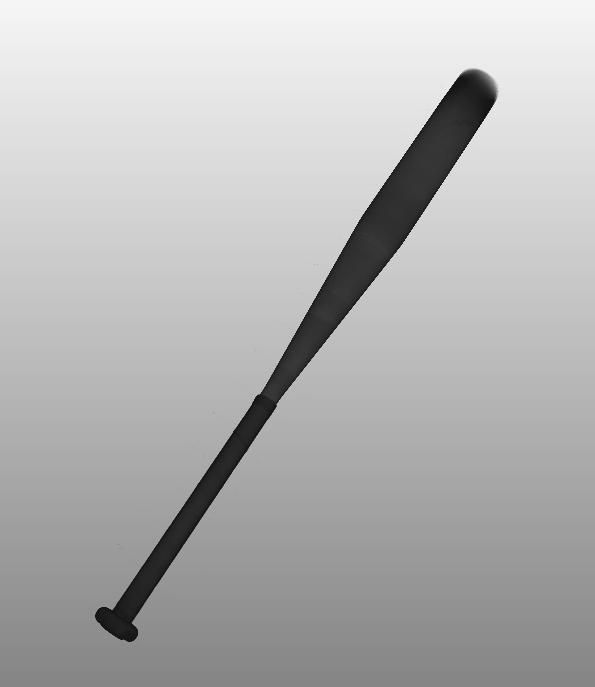
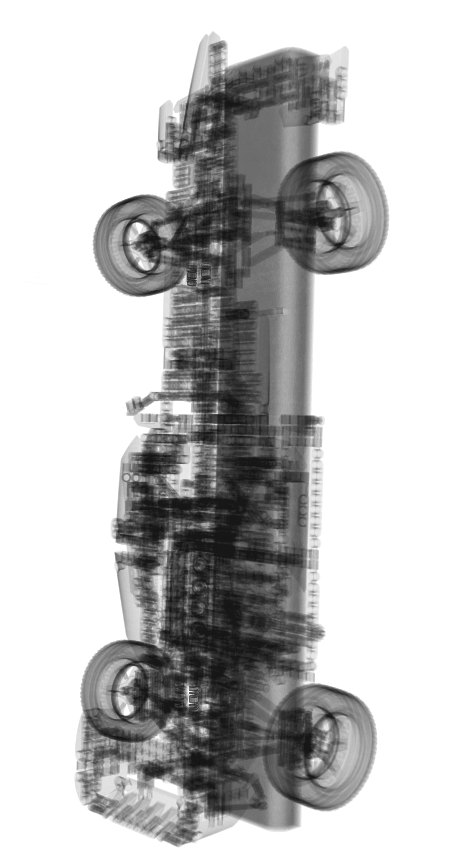
Subpix allows you to attain a higher resolution when limited by a given detector, physical part size, or the amount of magnification that can be achieved. In a theoretical situation you may only be able to achieve 100 micron resolution based on the part size. Now you could choose to subpix this application, netting a 50-micron resolution to see even finer features and smaller details. With subpix you can also attain higher contrast to noise ratio, signal to noise value, and overall image clarity which can be very beneficial when doing 2D imaging.
Learn more about Subpix and which x-ray systems are compatible
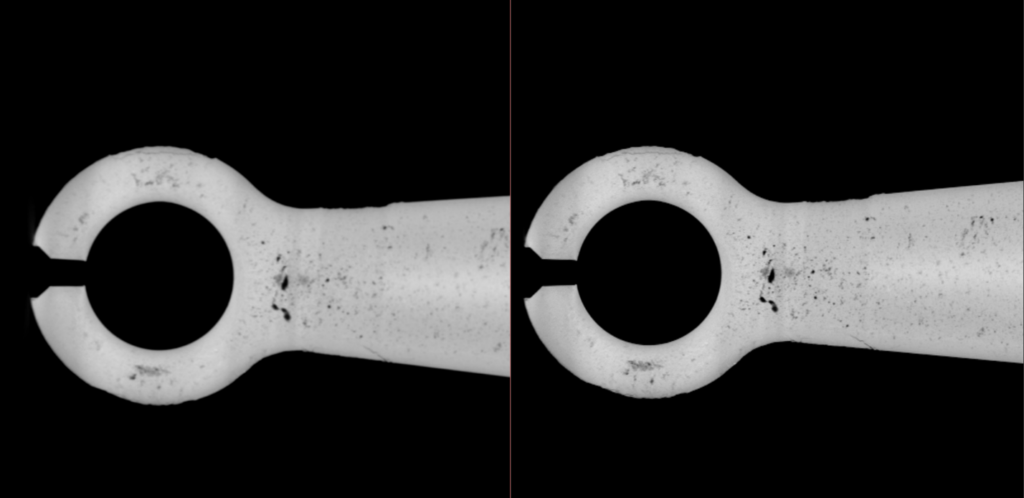
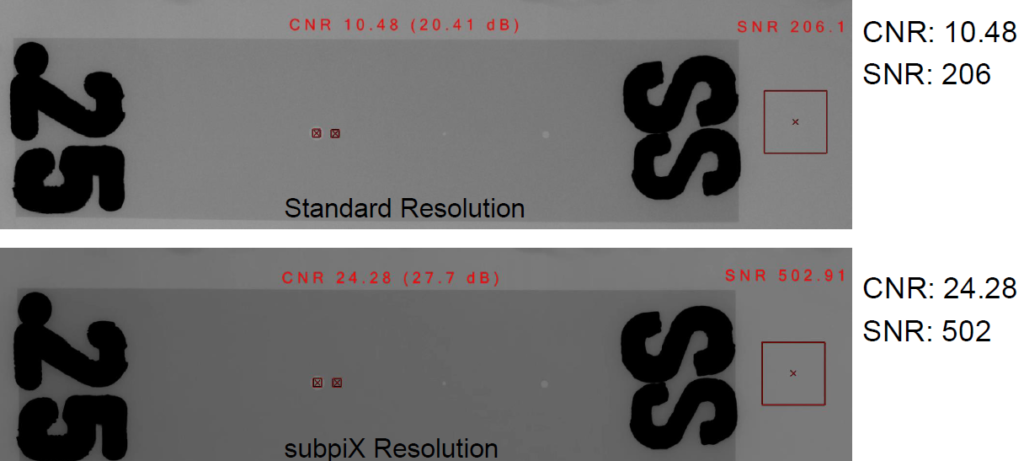
Mosaix was primarily designed to allow the user to image parts that were much larger in size than the detector being used in the system. Moxaix gives the ability to use the single detector and a stitching process to create a large virtual detector, that now allows you to scan something that is maybe four or six times larger than the physical detector (given the system is capable of achieving this). Think about this in reverse, instead of a very large part maybe it’s something very small and you want to achieve higher resolution. You could focus on a smaller region of interest, using higher geometric magnification (covering multiple tiles) for increased resolution.
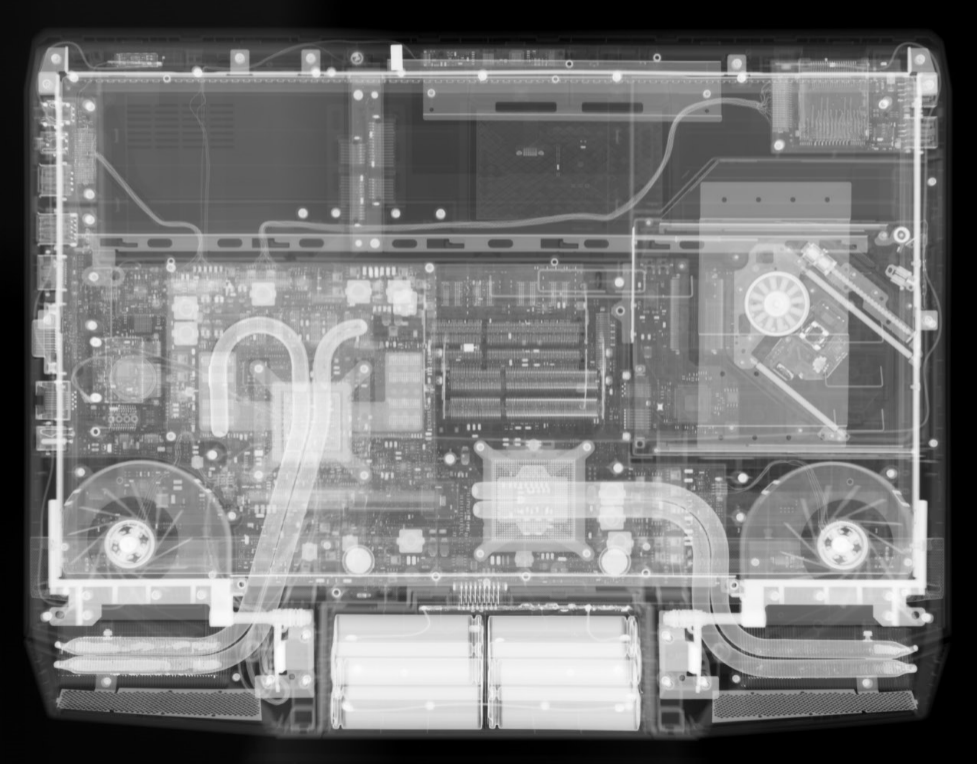
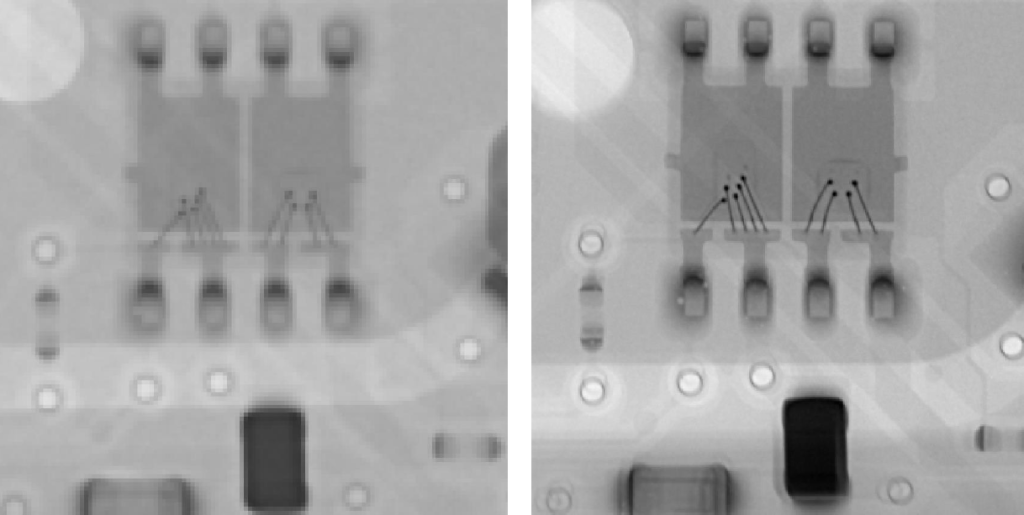
When faced with an application that is larger than the detector, look to utilize vortex or mosaix. If you are having resolution issues, consider using a subpix. When your back is against the wall and you can’t get it done in the ordinary manner, keep these advanced scanning styles in mind, they just might be the answer you were looking for.
